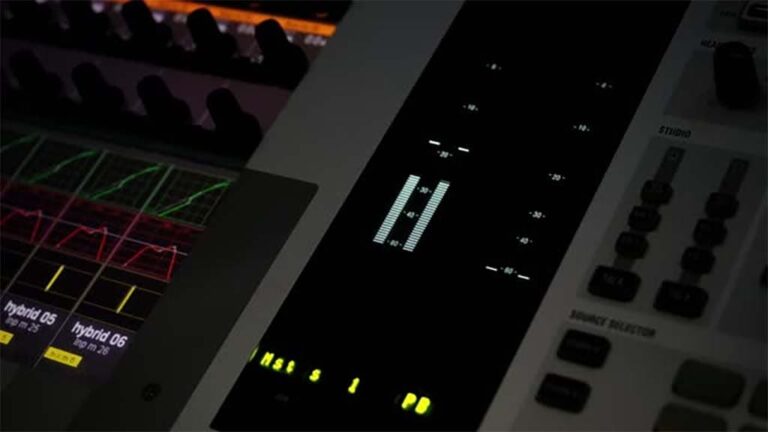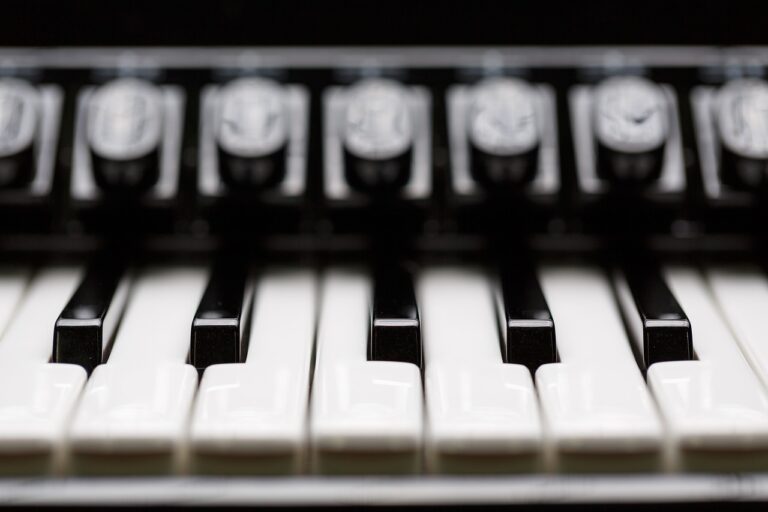The basis of the modern rhythmic system is the metrhythm. To understand this system, such concepts as meter, beat, and measure are of great importance.
A meter is a regular alternation of equal durations of heavy and light (strong and weak) beats.
The easiest way to understand meter is to pronounce a word rhythmically. For example, if you say the word music – music, you can hear that the accents are repeated at equal intervals. In this word, that interval is equal to three syllables of music. In music, this would be the equivalent of a three-step measure. If you pronounce the word hand, the accents will be repeated one syllable at a time and a two-foot meter will be formed.
The accent that comes on the first syllable is called a strong lobe in music, and the others are weak.
The distance from one strong lobe to the next is called a measure. Just as the lobes of a meter, divided into strong and weak beats, form a measure, the bars, in turn, can be grouped together by an even alternation of heavy and light beats.
Meter, beat pulsation as a uniform system of time counting is in constant contradiction with phrasing, articulation, motive structure, including harmonic, linear, rhythmic and textural pattern, and this contradiction is a norm in music of the XVII-XX centuries.
Outside the metrical organization, rhythmic clarity cannot arise. The role of metre in rhythmic movement can be likened to the role of harmony in pitch organization: strong lobes correspond to the supporting, stable sounds of harmony, and weak lobes and various durations of rhythmic pattern correspond to unstable ones.
Just as the melodic line develops on the basis of the harmony, the rhythmic pattern develops on the basis of the meter. Thus, meter and rhythm in music are virtually inseparable from each other.
The top line is meter, the bottom line is rhythm.
Very close to the concept of meter is the concept of size. If the meter defines only two or three divisions (I have already written about it here), then the size is a concretization of the meter, that is, it associates the meter with a certain duration of the beats. Thus, the metric basis can be the same, but the durations of the beats are different: they can be expressed in halves, quarters, eights, and other durations.
The size is indicated by two Arabic numerals arranged vertically. The upper digit of the size indicates the number of metric fractions, and the lower one indicates the multiplicity of each fraction.
Dimensions are divided into simple, complex homogeneous and complex mixed.
Simple sizes consist of a single rhythmic foot, i.e. they can be only two or three metrical fractions. The most common sizes are 2/4,3/4,2/2,3/2, etc. In simple measures, one strong lobe is their main distinguishing feature. The size 2/4 is characteristic of the march and ¾ of the Waltz, also the Waltz can be written in the size 3/8 at a slower tempo.
Complex homogeneous dimensions – are formed by gluing together two, three, or more of the same simple dimensions. In this way, we get sizes 4/4, 6/4, 6/8.
Note that complex measures have two or more rhythmic stops, i.e. in addition to the strong main lobe, another lobe is formed at the point where the dimensions are joined – this lobe is called a relatively strong lobe. For example, in size 4/4, the third lobe is where the 2/4 measures are glued together, and therefore it is relatively strong. In the 6/4, the 4th quarter is relatively strong.
An important note about sizes 6/4 and 6/8. Sometimes these sizes are confused with the simple ones, because they look the same.
In the first measure, the accent grouping is not correct because it can be reduced to a simple measure with a count fraction equal to half. This grouping tells us the size 3/2, which is a simple size. That is, the counting fraction, which determines the periodicity of the rhythmic foot changes within the complex size, is also important for the correct determination of the size. This can also be illustrated by the sizes 6/8 and 3/4.
Note the different rhythmic notation (grouping) – this is due to the presence of a relatively strong lobe in the first dimension and the absence of one in the second. Complex mixed measures, as you have probably already guessed, are formed by mixing unequal simple measures. For example, ¾ + 2/4 make a 5/4. But also the 2/4 + 3/4 form a 5/4.
This duality is a characteristic of complex non-uniform sizes, which is very often played around by modern composers. How can we tell which sizes are mixed? By accents and grouping.
From the record you can see that it is a combination of ¾ + 2/4. If you turn it around mirrored, you get an inverse mix.
Also, dimensions 7/8, 11/8, and others are formed. The distinctive feature of such dimensions is the uneven alternation of rhythmic stops.
In addition to those described above, in music there are also variable sizes. Variable size is a size with a varying number of beats.
If the alternation (change) of certain measures in the work is made strictly systematically, then this variable size is called periodic. In this case, at the beginning of the piece, both (or more) dimensions are immediately marked according to the order in which they alternate.









